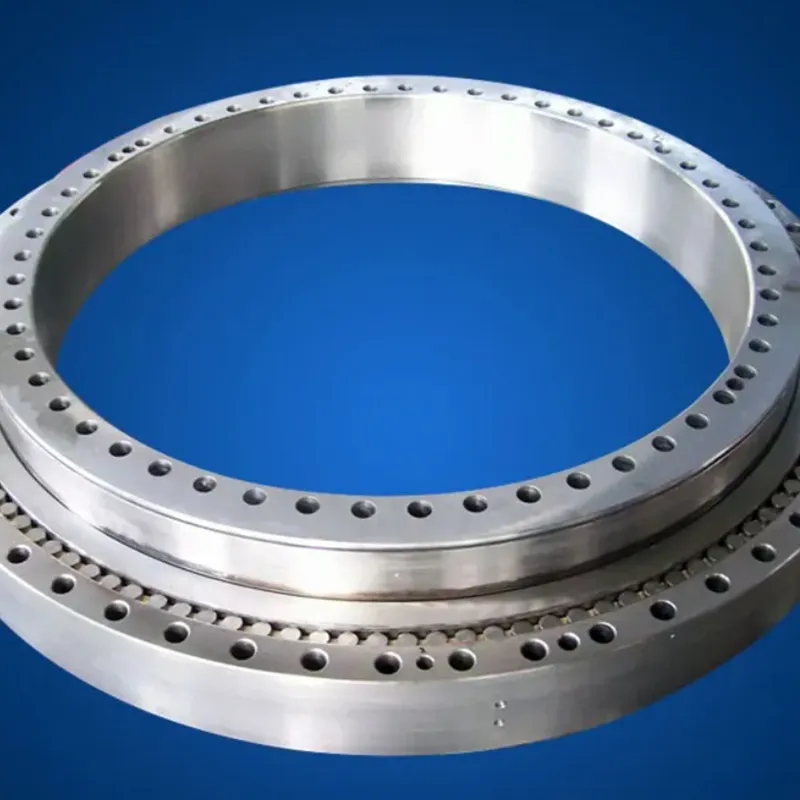-
Cangzhou Yulong Steel Co., Ltd.
-
Phone:
+86 13303177267 -
Email:
admin@ylsteelfittings.com
- English
- Arabic
- Italian
- Spanish
- Portuguese
- German
- kazakh
- Persian
- Greek
- French
- Russian
- Polish
- Thai
- Indonesian
- Vietnamese
- Zulu
- Korean
- Uzbek
- Hindi
- Serbian
- Malay
- Ukrainian
- Gujarati
- Haitian Creole
- hausa
- hawaiian
- Hebrew
- Miao
- Hungarian
- Icelandic
- igbo
- irish
- Japanese
- Javanese
- Kannada
- Khmer
- Rwandese
- Afrikaans
- Albanian
- Amharic
- Armenian
- Azerbaijani
- Basque
- Belarusian
- Bengali
- Bosnian
- Bulgarian
- Catalan
- Cebuano
- China
- China (Taiwan)
- Corsican
- Croatian
- Czech
- Danish
- Esperanto
- Estonian
- Finnish
- Frisian
- Galician
- Georgian
- Kurdish
- Kyrgyz
- Lao
- Latin
- Latvian
- Lithuanian
- Luxembourgish
- Macedonian
- Malgashi
- Malayalam
- Maltese
- Maori
- Marathi
- Mongolian
- Myanmar
- Nepali
- Norwegian
- Norwegian
- Occitan
- Pashto
- Dutch
- Punjabi
- Romanian
- Samoan
- Scottish Gaelic
- Sesotho
- Shona
- Sindhi
- Sinhala
- Slovak
- Slovenian
- Somali
- Sundanese
- Swahili
- Swedish
- Tagalog
- Tajik
- Tamil
- Tatar
- Telugu
- Turkish
- Turkmen
- Urdu
- Uighur
- Welsh
- Bantu
- Yiddish
- Yoruba

Dec . 16, 2024 03:20 Back to list
Understanding Standard Hose Fitting Sizes for Optimal Compatibility and Performance
Understanding Standard Hose Fitting Sizes
When working with hoses in various applications, whether in plumbing, automotive, or industrial sectors, understanding standard hose fitting sizes is crucial. Hose fittings are connectors that facilitate the joining of hoses to other components, ensuring a leak-proof and secure connection. This article delves into the essence of standard hose fitting sizes, their types, and their applications.
What Are Hose Fitting Sizes?
Hose fitting sizes refer to the dimensions and specifications that determine how fittings connect with hoses. These sizes are typically measured in inches or millimeters and can vary based on the type of fitting, the hose diameter, and the thread standard used (e.g., NPT, BSP, or JIC). Accurate sizing is necessary to prevent leaks, ensure efficient fluid flow, and maintain system integrity.
Types of Hose Fittings
Hose fittings come in various styles and configurations, including
1. Barbed Fittings These fittings have protruding ridges that create a tight seal when a hose is pushed over them. The size of a barbed fitting typically refers to the diameter of the barbed section. Common barbed fitting sizes include 1/2”, 3/4”, and 1”.
2. Threaded Fittings These fittings have male or female threads that allow for easy connection to threaded hoses or pipes. Thread sizes can be confusing, as they come in various standards. For example, NPT (National Pipe Thread) sizes range from 1/8” to 6”, while BSP (British Standard Pipe) has similar increments. It is essential to match the thread type to avoid incompatibility issues.
3. Cam and Groove Fittings Often found in industrial applications, these quick-disconnect fittings are based on a standardized size. Common sizes for cam and groove fittings include 1”, 2”, 3”, and 4”. They are ideal for applications that require frequent connections and disconnections.
standard hose fitting size

4. Flared Fittings Typically used in automotive applications, flared fittings create a seal through the flaring of the tubing end. The most common sizes for flared fittings are 3/16”, 1/4”, 3/8”, and 1/2”.
5. Push-On Fittings Designed for easier assembly, these fittings are pushed onto the hose without the need for clamps. They come in a variety of sizes, but a common standard includes diameters such as 1/4”, 3/8”, and 1/2”.
Importance of Accurate Sizing
Choosing the correct hose fitting size is vital for several reasons
- Leak Prevention Inadequate fitting sizes can lead to leaks, resulting in potential hazards, fluid loss, or costly downtime. A snug and appropriately sized fitting ensures a secure connection.
- System Efficiency Proper sizing contributes to optimal flow rates and pressure retention. Oversized or undersized fittings can restrict fluid flow, leading to inefficient system performance.
- Compatibility When integrating various components in a system, ensuring that all fittings are compatible is crucial. Misalignment in sizes can result in connection failures and might require costly repairs or replacements.
Conclusion
In summary, understanding standard hose fitting sizes is indispensable for anyone involved in fields that require the use of hoses and fittings. Whether you’re connecting hoses in a car engine, plumbing system, or an industrial setup, knowing the appropriate sizes and types of fittings will enhance safety, performance, and overall efficiency. Investing time in understanding these specifications will save you headaches down the road, ensuring a smooth operation in your projects. Always refer to manufacturer guides and industry standards when selecting fittings, as this will help you choose the correct size for your specific needs.
Latest news
-
ANSI 150P SS304 SO FLANGE
NewsFeb.14,2025
-
ASTM A333GR6 STEEL PIPE
NewsJan.20,2025
-
ANSI B16.5 WELDING NECK FLANGE
NewsJan.15,2026
-
ANSI B16.5 SLIP-ON FLANGE
NewsApr.19,2024
-
SABS 1123 FLANGE
NewsJan.15,2025
-
DIN86044 PLATE FLANGE
NewsApr.19,2024
-
DIN2527 BLIND FLANGE
NewsApr.12,2024
-
JIS B2311 Butt-Welding Fittings LR/SR 45°/90° /180°Seamless/Weld
NewsApr.23,2024











